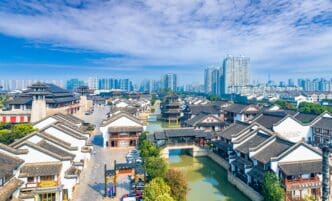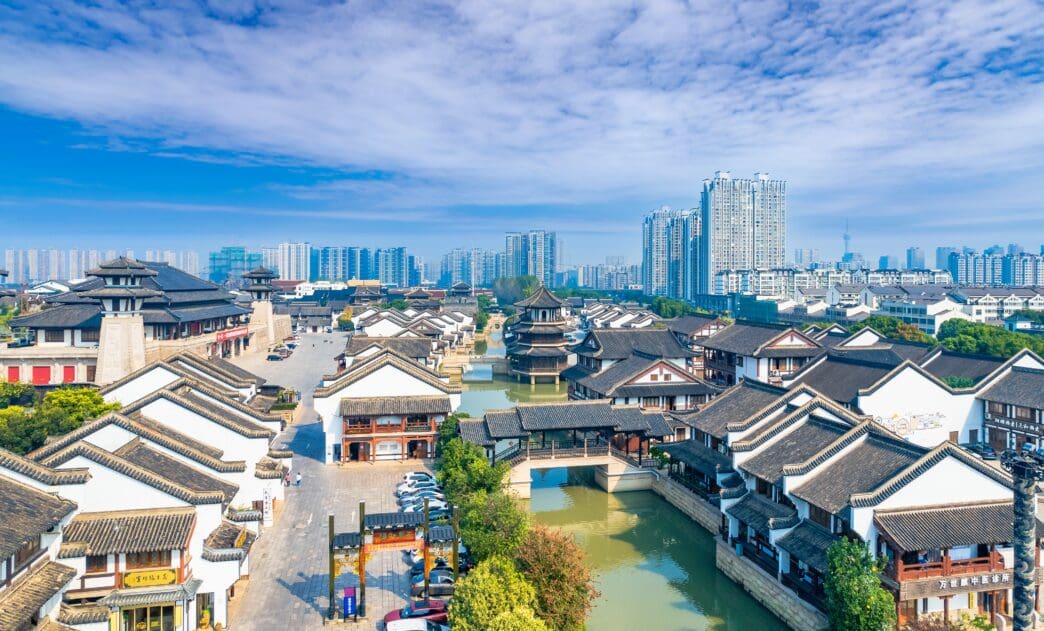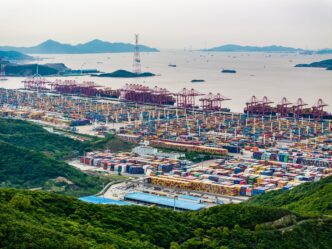Executive Summary
- The Yellow Sea wetlands in Yancheng, China, a UNESCO World Heritage site, are implementing a model to balance rapid economic development with crucial environmental conservation for migratory bird populations.
- Conservation efforts in the wetlands include preserving 48 hectares of high-ground habitat for birds during high tides, ongoing scientific research, and monitoring of diverse bird populations.
- Yancheng’s approach has resulted in increased avian diversity, recording 447 bird species in 2024, and is presented as a “fresh China model” for global coastal cities facing similar development-conservation challenges.
The Story So Far
- Yancheng, a rapidly developing coastal city in China’s Jiangsu Province and a UNESCO World Heritage site, is grappling with the challenge of balancing significant economic growth with crucial environmental conservation. This effort is particularly focused on protecting the Yellow Sea wetlands, a vital stopover for millions of migratory birds whose habitats are threatened by both development pressures and natural phenomena like high tides, all within the framework of China’s 14th Five-Year Plan which prioritizes green economic development.
Why This Matters
- The conservation efforts in China’s Yellow Sea wetlands, particularly in Yancheng, offer a “fresh China model” for integrating rapid economic development with vital environmental protection, especially for migratory bird populations. This approach, which includes strategic habitat preservation and scientific monitoring, has yielded positive results like increased avian diversity and provides a replicable blueprint for global coastal cities facing similar development-conservation dilemmas.
Who Thinks What?
- Researchers like Fang Ze, Xiao Ziwei, and Li Dongming emphasize the Yellow Sea wetlands’ critical role as a stopover for migratory birds and highlight the effectiveness of specific conservation measures, such as preserving high-ground habitat and scientific monitoring, in supporting these populations.
- Cao Lei, Deputy Director of the Yancheng Wetland and Natural Heritage Conservation Center, suggests that Yancheng’s integrated approach to balancing rapid economic development with environmental conservation offers a “fresh China model” for other coastal cities worldwide facing similar challenges.
The Yellow Sea wetlands in China’s Jiangsu Province, a UNESCO World Heritage site, are at the forefront of an initiative to balance rapid economic development with crucial environmental conservation, particularly for migratory bird populations. This effort in Yancheng’s Tiaozini area aligns with China’s 14th Five-Year Plan, which prioritizes green economic growth and fosters a harmonious coexistence between humanity and nature.
Conservation Efforts in the Yellow Sea Wetlands
These wetlands serve as a vital stopover and wintering ground for millions of migratory birds each year. Researchers from Nanjing Forest University, including Fang Ze, emphasize the area’s critical role for various species, from shorebirds to ducks and geese, during their annual migrations.
Scientists monitoring the area identified that high tides were significantly reducing the available intertidal habitat for these birds. To mitigate this, a 48-hectare section of high-ground habitat was preserved, offering a safe refuge for birds during periods of elevated water levels, a measure highlighted by researcher Xiao Ziwei.
Ongoing scientific research underpins these conservation efforts. Ecological photographer and researcher Li Dongming contributes by observing bird populations, with a particular focus on rare species like the spoon-billed sandpiper. The data collected on bird arrivals, quantities, and movements of marked birds is then contributed to research centers.
Yancheng’s Economic Context and Model
Yancheng, a coastal city in eastern China, ranked among the nation’s top 50 cities by GDP in 2024 and is characterized by high population density and a developed economy. This context positions Yancheng as a case study for the global challenge of balancing economic growth with ecological protection.
Cao Lei, Deputy Director of the Yancheng Wetland and Natural Heritage Conservation Center, suggests that Yancheng’s approach offers a “fresh China model” for other coastal cities worldwide grappling with similar pressures. The city’s proximity to Shanghai, just two hours away by high-speed train, further underscores its economic dynamism.
Tangible Results and Future Implications
The effectiveness of Yancheng’s preservation policies is reflected in the increasing diversity of avian life. In 2024, the wetlands recorded 447 bird species, an increase of five from the previous year, signaling a positive impact on the sensitive avian populations.
Through strategic habitat creation, the implementation of bird-safe organic farming practices, and consistent scientific monitoring, Yancheng’s conservation initiatives demonstrate a successful integration of economic and environmental objectives. This model is presented as a practical solution for global coastal cities facing similar development-conservation dilemmas.








